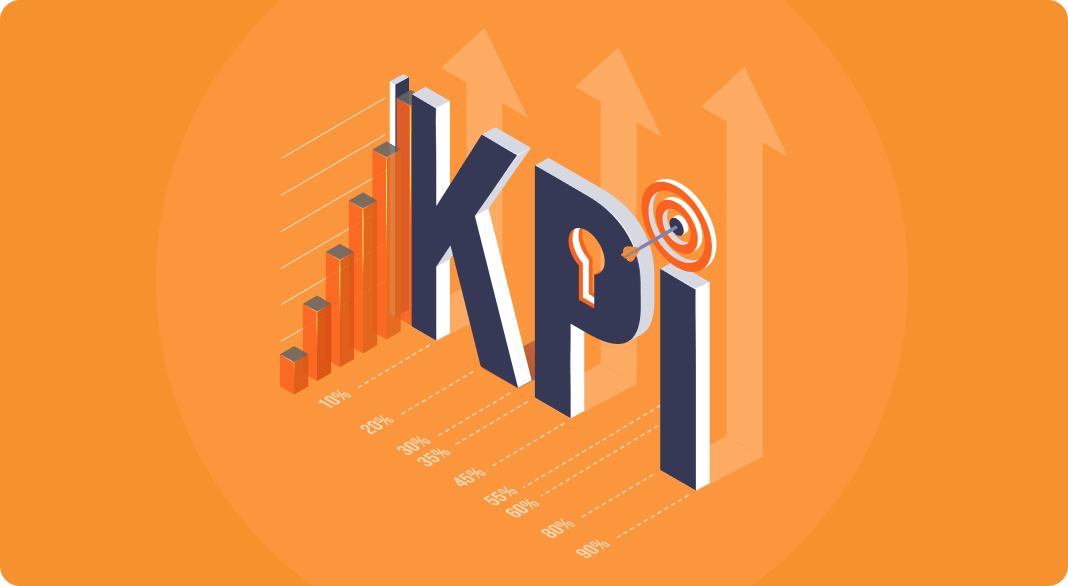In the world of coding, there are several key players worth tracking - code coverage, code stability, code simplicity, and 'code churn'. Each metric plays its part in painting a holistic picture of your overall performance.
'Code Coverage' measures how much ground unit tests cover across your entire source-code landscape while 'Code Stability' gauges whether new updates disrupt existing functionality or keep things running smoothly. On the other hand, 'Code Simplicity' assesses if developers can easily understand and modify the written lines without scratching their heads too often.
Then we come to 'code churn' - this essential metric keeps tabs on changes made over time to any given piece of source-code (additions or deletions). High rates might indicate turbulence within the development process whereas low rates suggest steady progress with fewer disruptions along the way.
Paying attention to these essential metrics doesn't only improve overall software quality but also contributes significantly towards business scalability by anticipating potential challenges ahead, allowing for proactive solutions rather than reactive firefighting.
In essence: choosing the right indicators = better decision making + increased ROI.






